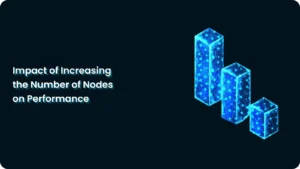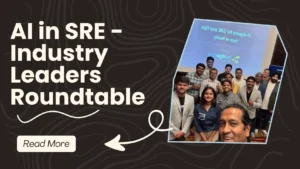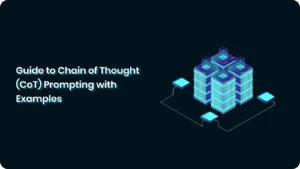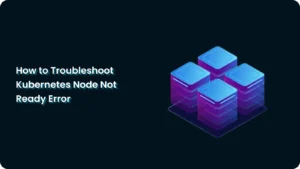Demystifying Causality & Causal Reasoning for Modern SREs
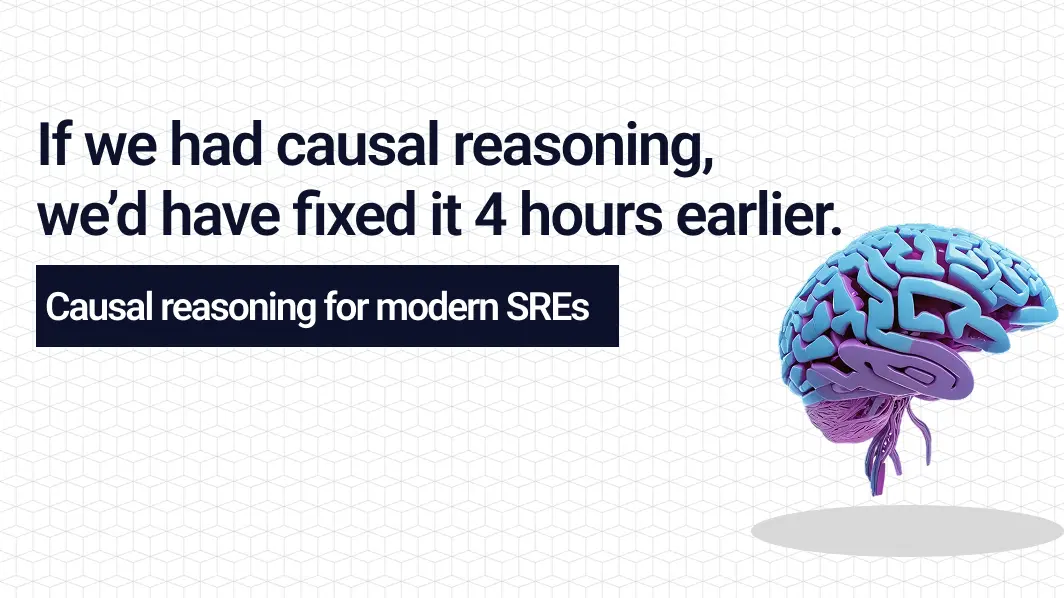
Why observability alone won’t save your system at 2am
You’ve seen the playbook. Something breaks, dashboards light up, logs pile in, alerts explode—and you’re stuck in war-room mode with more questions than answers.
Observability tells you what’s wrong.
But only causality tells you why.
If you want to move beyond surface symptoms and actually fix systemic issues, causal reasoning isn’t optional, it’s foundational. In high-scale Kubernetes (K8s) environments, I’ve seen this thinking separate resilient teams from reactive ones.
Why Causality Matters (Beyond Observability)
Today’s ops teams are swimming in telemetry, metrics, logs, traces. But when an incident hits, that data flood rarely brings clarity on its own.
Observability answers:
- “What’s going wrong?”
Causality answers:
- “Why did it go wrong?”
- “What triggered the cascade?”
When you’re managing clusters packed with ephemeral pods and microservices, observability exposes symptoms. But only reasoning about cause-and-effect surfaces what actually broke the system.
Causal Reasoning: The SRE’s Missing Superpower
Causal reasoning isn’t hype. It’s the core logic that separates correlation from real root cause. It’s how modern SREs and increasingly, AI agents understand what happened, in what order, and why.
Let’s break it down with a scenario:
You notice a latency spike in a frontend API. Your observability tools show a pod restart nearby. But was the restart the cause or just noise?
With causal modeling, a chain of events becomes visible:
- Deployment X rolls out in namespace Y, tweaking configuration Z
- The config error causes pod reschedules and retries
- Retries jam queues
- Client latency spikes
That chain matters. Without it, you’re chasing shadows.
Peeling Back the Layers: How Causal Reasoning Actually Works
Effective causal reasoning in cloud native troubleshooting happens across layers:
- Temporal causality: Did event A precede event B repeatedly across incidents?
- Structural causality: Do system dependencies allow config drift to cascade?
- Counterfactuals: “If we hadn’t deployed that sidecar at 2pm, would error rates have spiked?”
Modern AI-powered causal engines ingest telemetry, map service topologies, simulate “what-if” interventions and guide teams directly to the root issue.
Why Traditional RCA Falls Short
Most Root Cause Analysis efforts fail because they rely on:
- Siloed data: Logs and metrics are reviewed in isolation. Signal gets buried in noise.
- Threshold fatigue: Static rules miss dynamic failure modes in fast-evolving K8s environments.
Causal systems address this by combining:
- Telemetry
- Topology discovery
- Intervention modeling
- Knowledge graphs
The result: tools that walk the causal path, not just flood you with alerts.
A Real-World Causal Breakdown
Here’s what this looks like in production:
Problem:
Post-deployment, our payment microservice experienced timeouts. Metrics showed latency spikes and frequent pod restarts. Logs flagged node resource exhaustion.
Causal reasoning process:
- Timeline: Deployment at 10:21 → pod churn → memory spikes
- Topology mapping: A new init container was added
- Causal chain:
- Init container → node memory pressure
- Kubelet OOMKill → pod restarts
- Retry storm → DB saturation → client latency
Outcome:
We rolled back the config and resolved the incident in minutes, not hours. No war room. No guesswork. Just clarity.
The Future: Agentic Causal Reasoning
The next wave of AI observability isn’t just passive dashboards, it’s agentic systems that reason, learn, and act.
- Causal agents monitor evolving patterns—not just static metrics
- They trace symptom-to-cause and suggest fixes, not just alerts
- They learn from each incident, improving response over time
We’re entering an era of self-healing infrastructure, powered by systems that understand causality at scale.
Why CTOs, CIOs, and Engineering Leaders Should Care
If you’re serious about operational resilience, MTTR, and scalability, causality isn’t a luxury, it’s a necessity.
To get there:
- Invest in platforms that answer why, not just what
- Empower your teams with causal graphs, simulation tools, and topological context
- Automate intelligently, tools should remediate and learn, not just observe
Causality enables systems that fix themselves and engineers who spend time building, not firefighting.
Final Word: Fix the Cause, Not the Symptom
If your team is still using observability tools without causality models, you’re seeing the fire but not the match.
- You don’t need more dashboards.
- You need reasoning.
- You need causality.
This is how modern ops evolves from reactive firefighting to intelligent, adaptive engineering.
At NudgeBee, we’re building AI-powered causal agents that do exactly this: not just observe, but understand, trace, and resolve.
If you’re building or operating large-scale systems and tired of shallow alerts, it might be time to upgrade from observability to causal intelligence.
→ Learn more: nudgebee.com or Book a Demo with Founders

